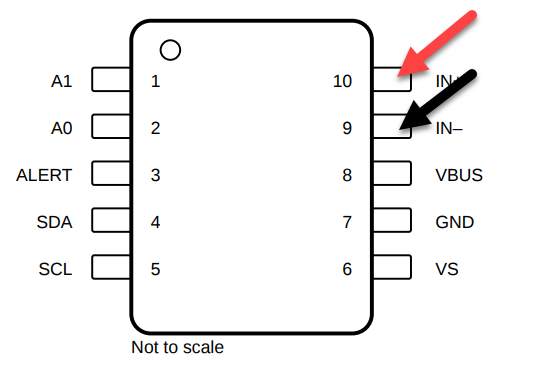Hello,
We have used INA228 for a project in my company.
Currently we are facing issue that current readings from current register as compare to Programmable power source & Programmable Load device.
We have given input 5V & 270mA Which is being read by INA228 was 272mA but programmable load was 268.4mA.
It is showing delta of 4mA, Is this delta is acceptable for INA228 reading ?
I have attached screen capture of Programmable power source & programmable load & also attached INA228 console logs for reference.

INA228 Console Error logs:
root@8JD3NZ3-Desk:/home/jagir/Desktop/SA01/SIE_ACL_Sandbox/SA01-hil/module_app/analog_current# python3 analog_current.py
*********** Scan for ftdi devices ************
Read Mfg ID
ManuFacture ID: 5449
Read Data in hex: [0020] from reg addr : [0]
Read Data in hex: [f1c7] from reg addr : [1]
current_lsb : [2.0833333333333336e-05]
Read shunt calib reg
Read Data in hex: [0ea6] from reg addr : [2]
Read shunt calib from reg(dec) : [3750]
Temp coefficient
Read shunt calib reg
Read Data in hex: [0032] from reg addr : [3]
Read Temp coefficient from reg(dec) : [50]
Read shunt current
current_lsb : [2.0833333333333336e-05]
Measured Current : [0.23564583333333336]
Read Shunt Voltage
VShunt Data in hex: 0330a0
Measured VShunt Voltage : [4083125.0]
Read shunt current in continous mode_1
Current Data hex : [0330a0]
current_lsb : [2.0833333333333336e-05]
Shunt-Current[0] : [0.2722083333333334]
Read Shunt Voltage
VShunt Data in hex: 0330a0
Measured VShunt Voltage : [4083125.0]
Current Data hex : [0330a0]
current_lsb : [2.0833333333333336e-05]
Shunt-Current[1] : [0.2722083333333334]
Read Shunt Voltage
VShunt Data in hex: 0330a0
Measured VShunt Voltage : [4083125.0]
Current Data hex : [0330b0]
current_lsb : [2.0833333333333336e-05]
Shunt-Current[2] : [0.2722291666666667]









